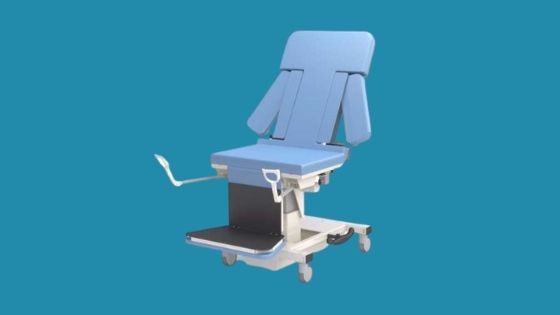The first step to any successful procedure is having the right operating table available. Depending on the type of operation you perform, you need specific features and designs to keep both yourself and your patient comfortable throughout the procedure. Each of the main types of operating tables has a unique design to facilitate a specific set of procedures, such as general surgeries, diagnostic exams, or specialized operations. Brush up on your surgical knowledge with this guide to the different types of operating tables.
General Surgery Tables
General surgery tables provide a comfortable and accessible placement for a wide variety of operations. Cardiovascular, pediatric, and even plastic surgeries utilize the versatility of a general surgery table. As such, this type of operating table does not have one specific specialty. Instead, manufacturers make them with incredible adaptability, allowing them to adjust to the height, length, position, and other features necessary to complete an array of different procedures.
Specialized Operating Tables
Of course, general surgery tables aren’t always enough to handle the type of procedure your patient needs. That’s where specialized operating tables come in. There are many kinds of specialized operating tables, each with a unique set of features and accessories to handle its dedicated field of surgery. Examples include orthopedic tables, gynecological tables, and neurology tables. Manufacturers design these tables to give medical professionals easier access to specific parts of a patient’s body for more delicate procedures. The unique features of each specialized operating table also provide appropriate head, arm, or leg rests for more comfortable and secure patient positioning.
Imaging Tables
Some general surgery tables can cover imaging support and diagnostic procedures. However, many forms of medical imaging call for specialized operating tables. For this reason, a significant portion of the different types of operating tables includes imaging tables. This type of table incorporates features and attachments that support various imaging methods. Examples can include fluoroscopy tables or ultrasound scanning tables. While the procedures performed on these tables are often faster and more non-invasive than those on other operating tables, patient and staff comfort are still key to success.

